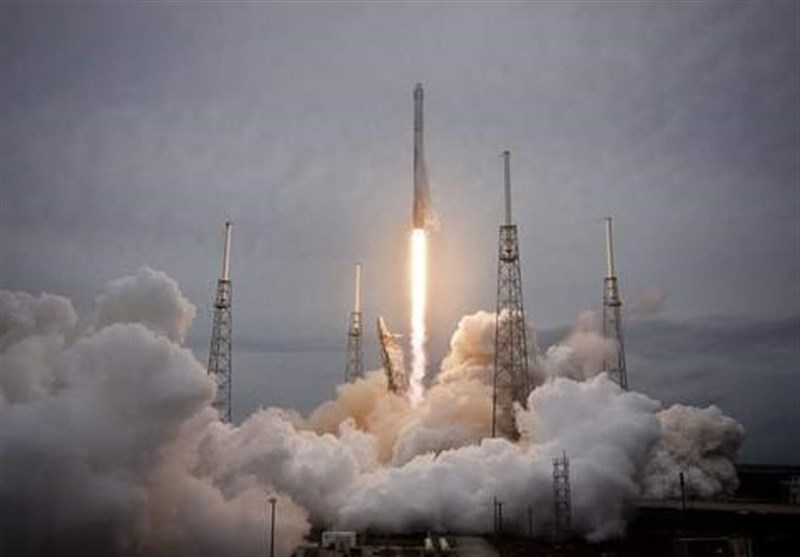
Hypersonic weapons are a new class of weapons that are designed to travel at extremely high speeds, typically above Mach 5 (five times the speed of sound) or faster. These weapons use advanced propulsion systems, such as scramjet engines, to achieve these speeds and are often designed to be highly maneuverable.
One of the key advantages of hypersonic weapons is their speed, which makes them extremely difficult to detect and intercept using traditional missile defense systems. This speed also allows them to strike targets quickly, reducing the time for an enemy to respond or launch countermeasures.
Hypersonic weapons can be used for a variety of purposes, including strategic strikes against enemy targets, precision strikes against high-value targets, and even as a deterrent against potential adversaries.
However, the development and deployment of hypersonic weapons also pose significant technical and strategic challenges, including the need for advanced materials that can withstand the extreme heat and pressure generated by hypersonic flight, as well as the potential for destabilizing arms races between nations.
In 2018, Vladimir Putin unveiled Russia’s new hypersonic weapons. Many in the West initially dismissed Putin’s claims as a bluff, but it is now known that Russia has deployment-ready hypersonic missiles, including the Zircon, Kinzhal, and Avantguard.
According to experts, hypersonic precision missiles are a game-changer in warfare, rendering traditional military technologies such as tanks and air-force obsolete. The Anti-Ballistic (ABM) batteries set up by the US on the Poland-Romania axis and by Russia on the North Pole-Kaliningrad-Crimea-Syria axis are currently the main military front in global conflict. However, these defensive systems are only effective against missiles flying at speeds up to mach 3.5.
The Kinzhal missile, which can fly at speeds of mach 12 to mach 15, is particularly significant as it turns mighty aircraft carrier strike groups into sitting ducks. The Kinzhal can fly at altitudes of between 20 and 40 km and has a maximum range of 2,000 km. When it is above the target, it dives perpendicularly and accelerates to 15 mach, gathering enormous kinetic energy in addition to its explosive payload.
The Kinzhal was specifically designed to destroy aircraft carrier strike groups and can easily cut through an aircraft carrier, as demonstrated by its ability to destroy a warehouse built to withstand a nuclear strike in Ukraine. The first Kinzhal strike, delivered one month after the beginning of hostilities in Ukraine, was perhaps the most significant: Russian forces targeted a large weapons depot in Ukraine which had been built during the Soviet times to withstand a nuclear strike. It was buried 170 meters (over 500 ft) underground and protected by several layers of armored concrete.
The Kinzhal flies at altitudes of between 20 and 40 km, with a maximum range of 2,000 km. When above target, it dives perpendicularly and accelerates to 15 mach, generating enormous kinetic energy in addition to its explosive payload. That first strike with a single Kinzhal missile destroyed Ukraine’s nuke-proof underground weapons depot. This was a message for the west.
This weapon is a clear message to the West that Russia is capable of sinking all their carriers.
There is a fascinating article here, https://open.substack.com/pub/alexkrainer/p/why-hypersonic-weapons-change-everything. In it, the author, Alex Krainer, says:
Russia has the capacity to build about 200 Kinzhals per year and now has means of delivering Kinzhal and Zircon missiles anywhere from aircraft, ships and submarines. In addition to destroying aircraft carriers, they can also destroy NATOs ABM missile sites. In a nutshell, Russia is now a clear winner of the 21st century arms race.
It could take the western powers 10 years or longer to catch up and until then, the only way to avoid losing the war is to either concede defeat and accept Russia’s security demands, or to escalate the conflict to nuclear exchange.
Hypersonic weapons require advanced materials that can withstand the extreme conditions of flight at high speeds and temperatures. Some of the key materials required for hypersonic weapons include:
- Carbon-Carbon Composites: Carbon-carbon composites are used in hypersonic vehicles as they have excellent thermal properties and can withstand high temperatures. These composites are made from carbon fibers and carbon matrix and are commonly used in the nose cones and leading edges of hypersonic vehicles.
- Ceramic Matrix Composites: Ceramic matrix composites are another type of material used in hypersonic vehicles. These composites consist of ceramic fibers embedded in a ceramic matrix, providing high strength and thermal resistance. They are commonly used in the hot sections of hypersonic engines, such as the combustion chamber and exhaust nozzle.
- Refractory Metals: Refractory metals such as tungsten, molybdenum, and niobium are used in the construction of hypersonic vehicles as they have high melting points and can withstand the extreme temperatures experienced during hypersonic flight. Russia is one of the world’s largest producers of tungsten and is also a major producer of molybdenum and niobium. The primary sources of tungsten in Russia are the East Sayan and the Transbaikal regions, while the Kola Peninsula is a major producer of niobium. Molybdenum is mainly produced as a by-product of copper mining in several regions across Russia. The Russian government has made efforts to support the development of its domestic refractory metals industry, and several Russian companies are involved in the exploration, mining, and processing of these materials.
- Nickel-Based Superalloys: Nickel-based superalloys are used in the turbine blades of hypersonic engines, as they have excellent mechanical properties and can withstand high temperatures and stresses.
These materials are found in various parts of the world, and their availability depends on several factors such as mining, refining, and manufacturing capabilities. For instance, carbon fibers used in carbon-carbon composites are often produced in Japan, while ceramic matrix composites are manufactured in the United States and Europe. Refractory metals such as tungsten are mined in China and Russia, while nickel-based superalloys are produced in the United States, Europe, and Japan.

